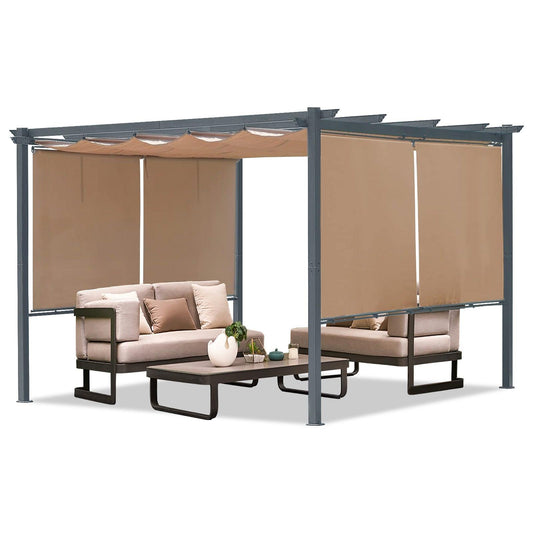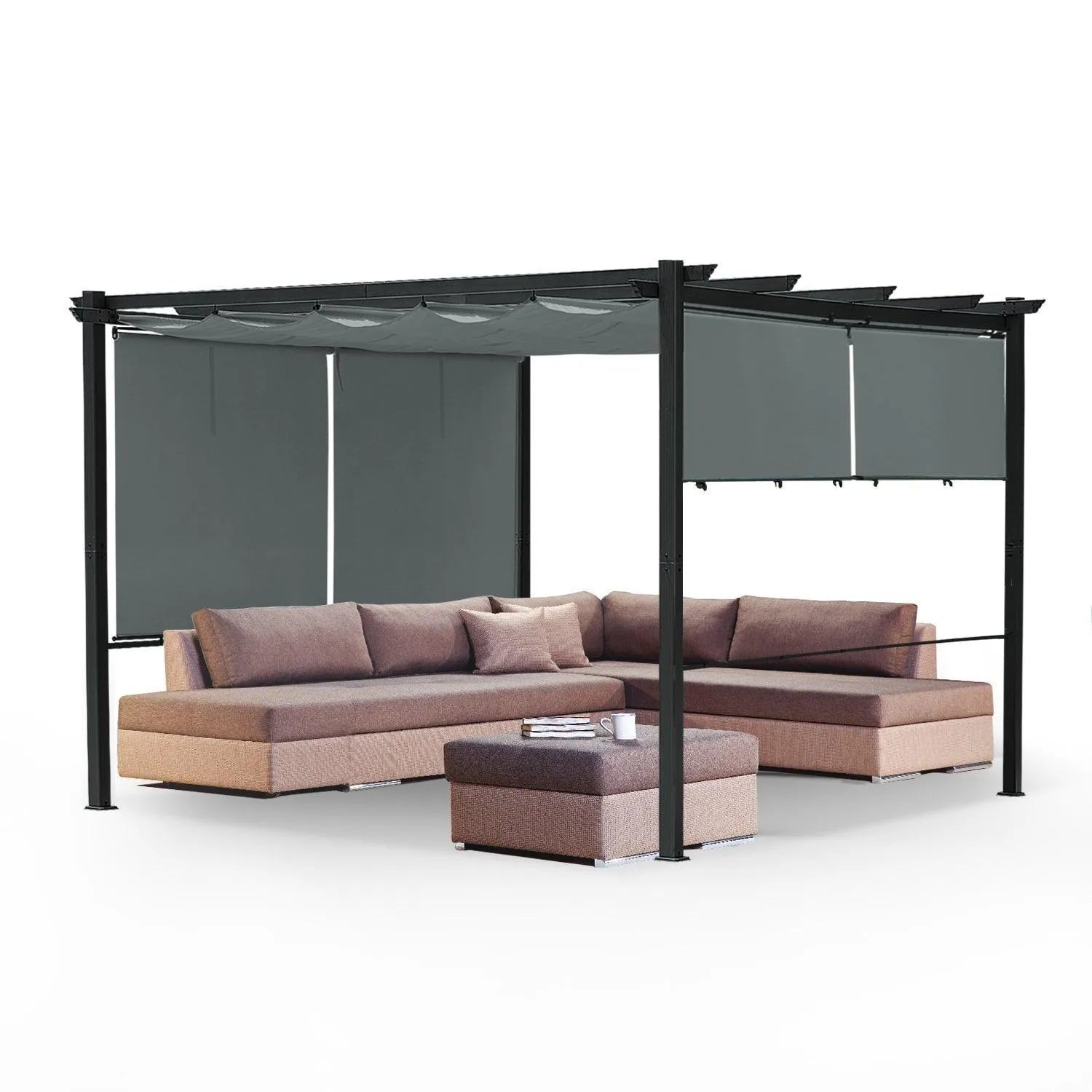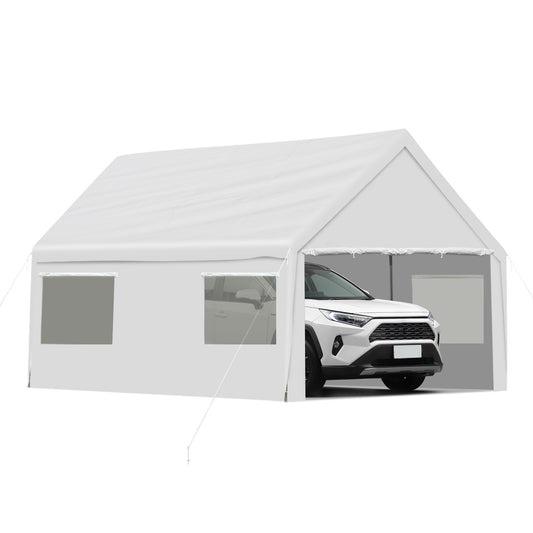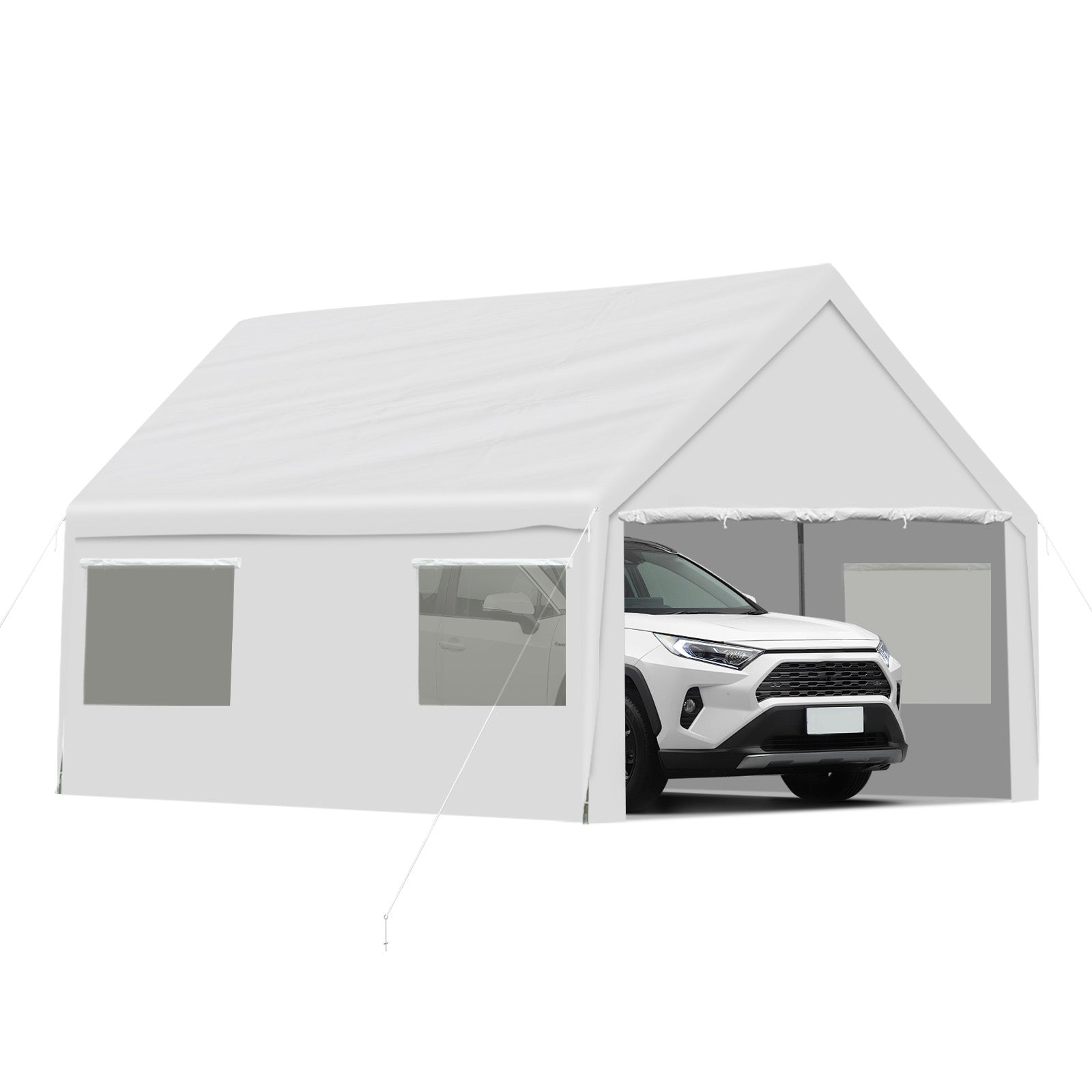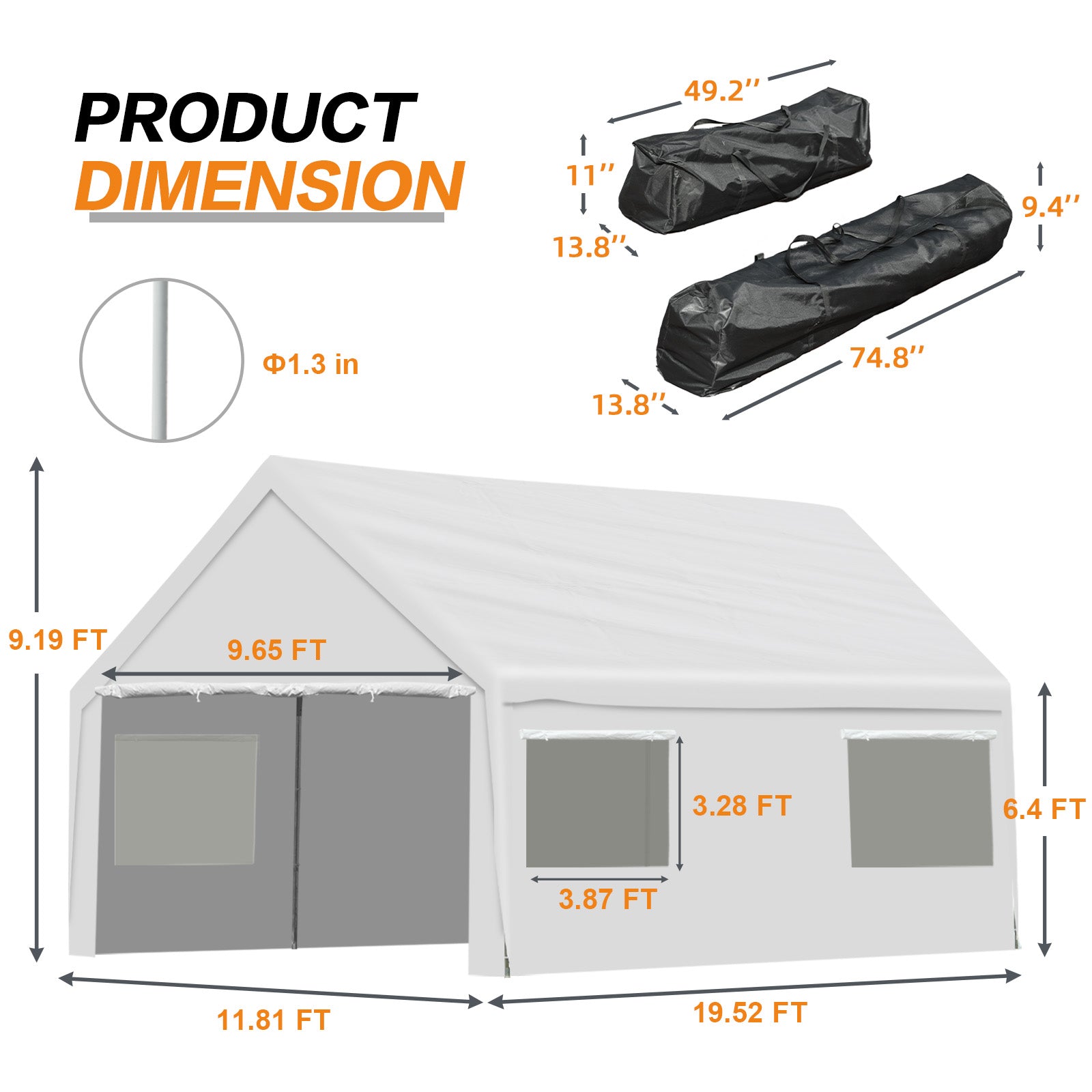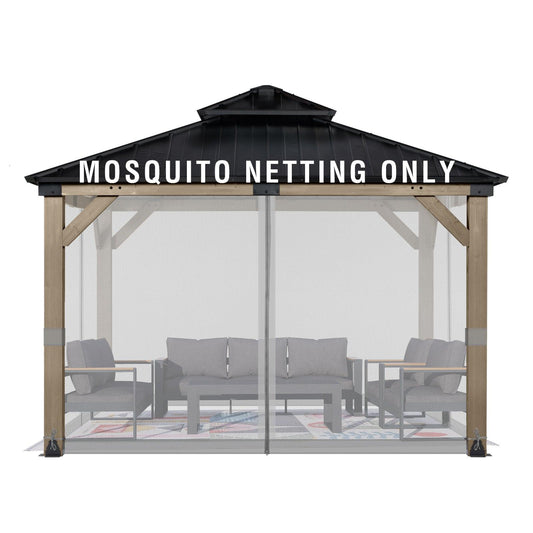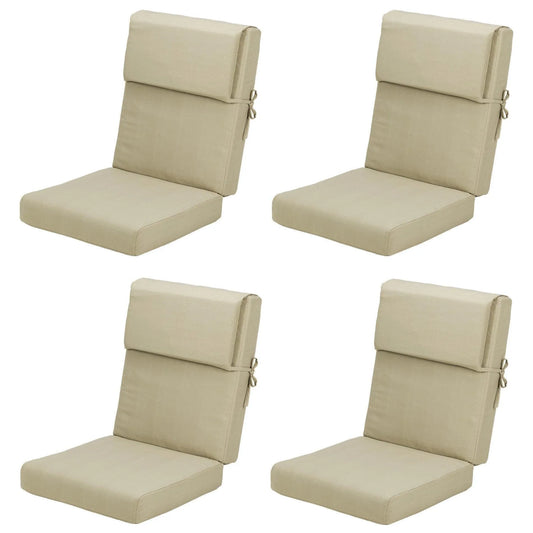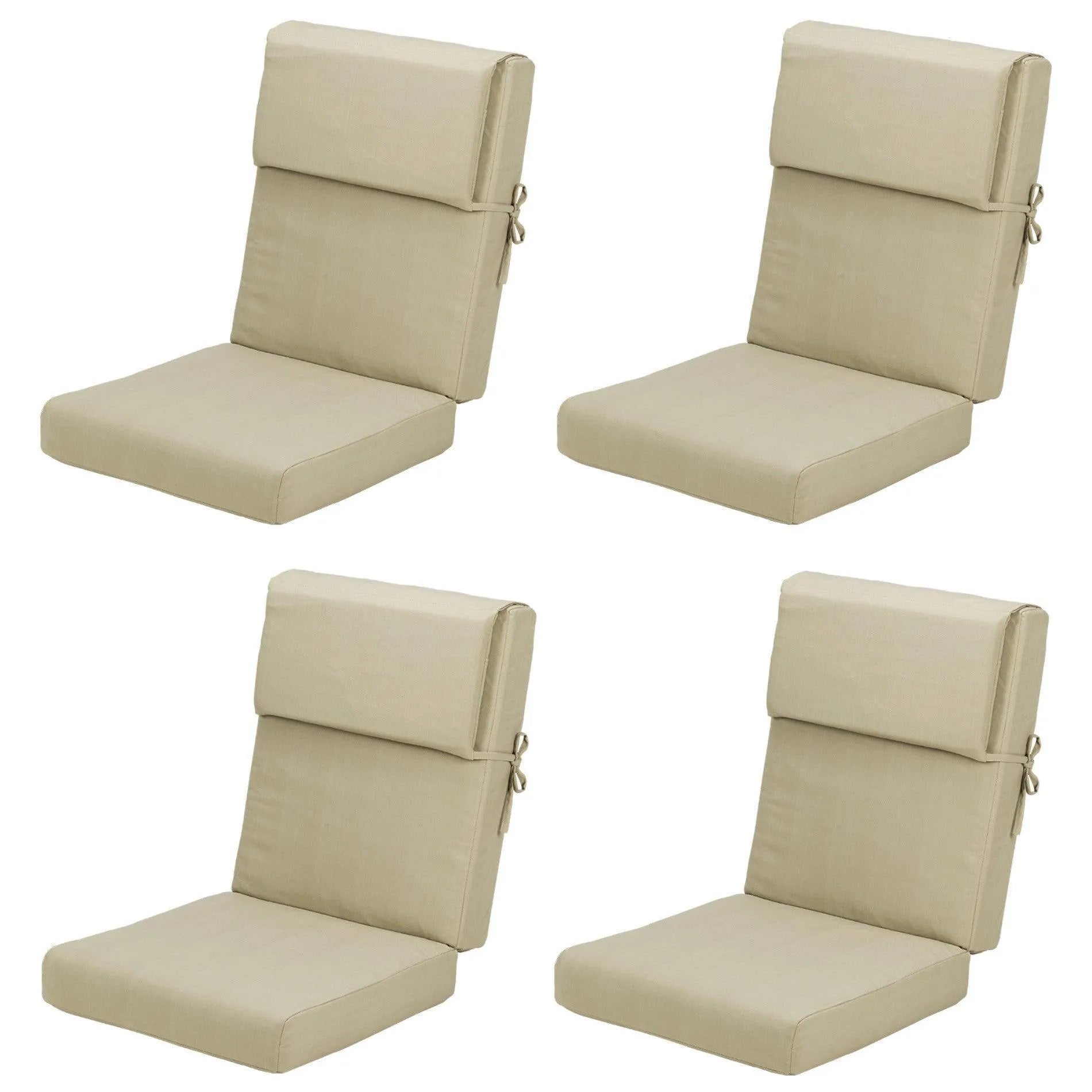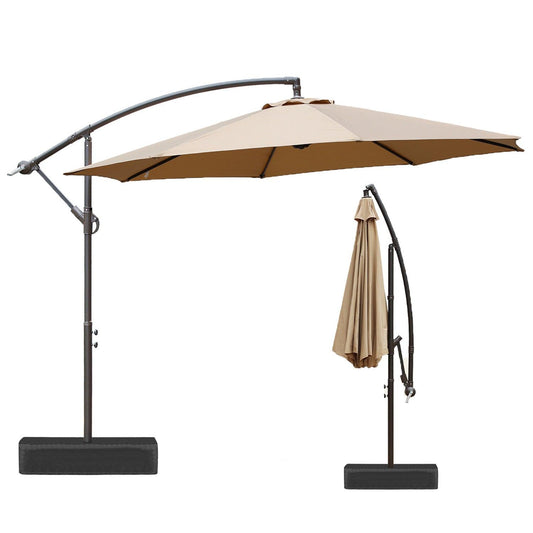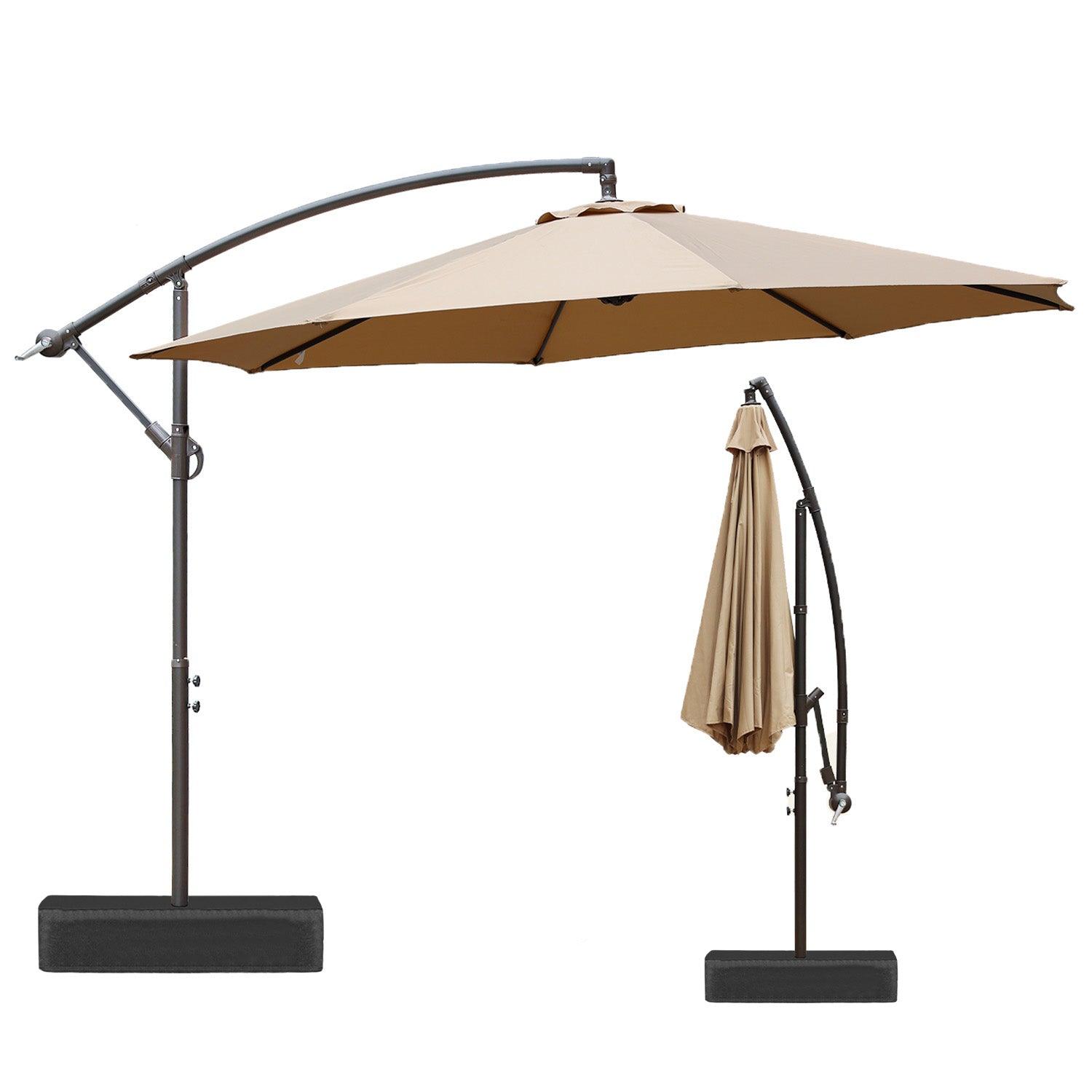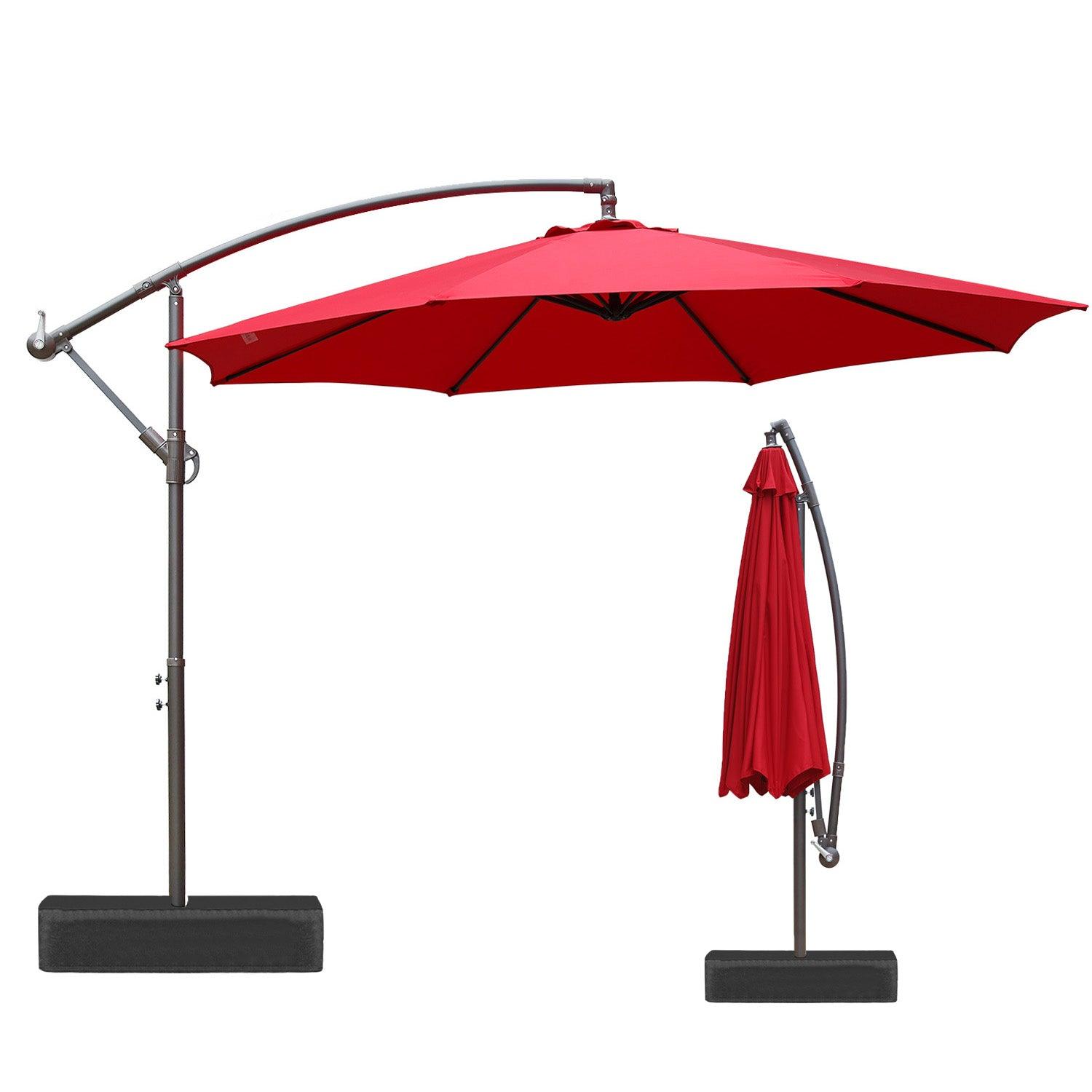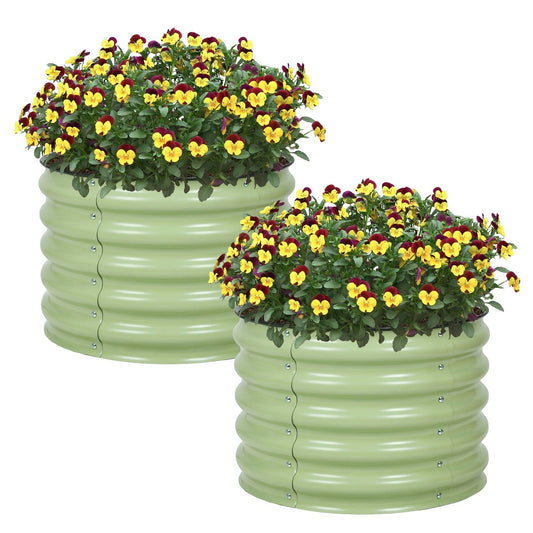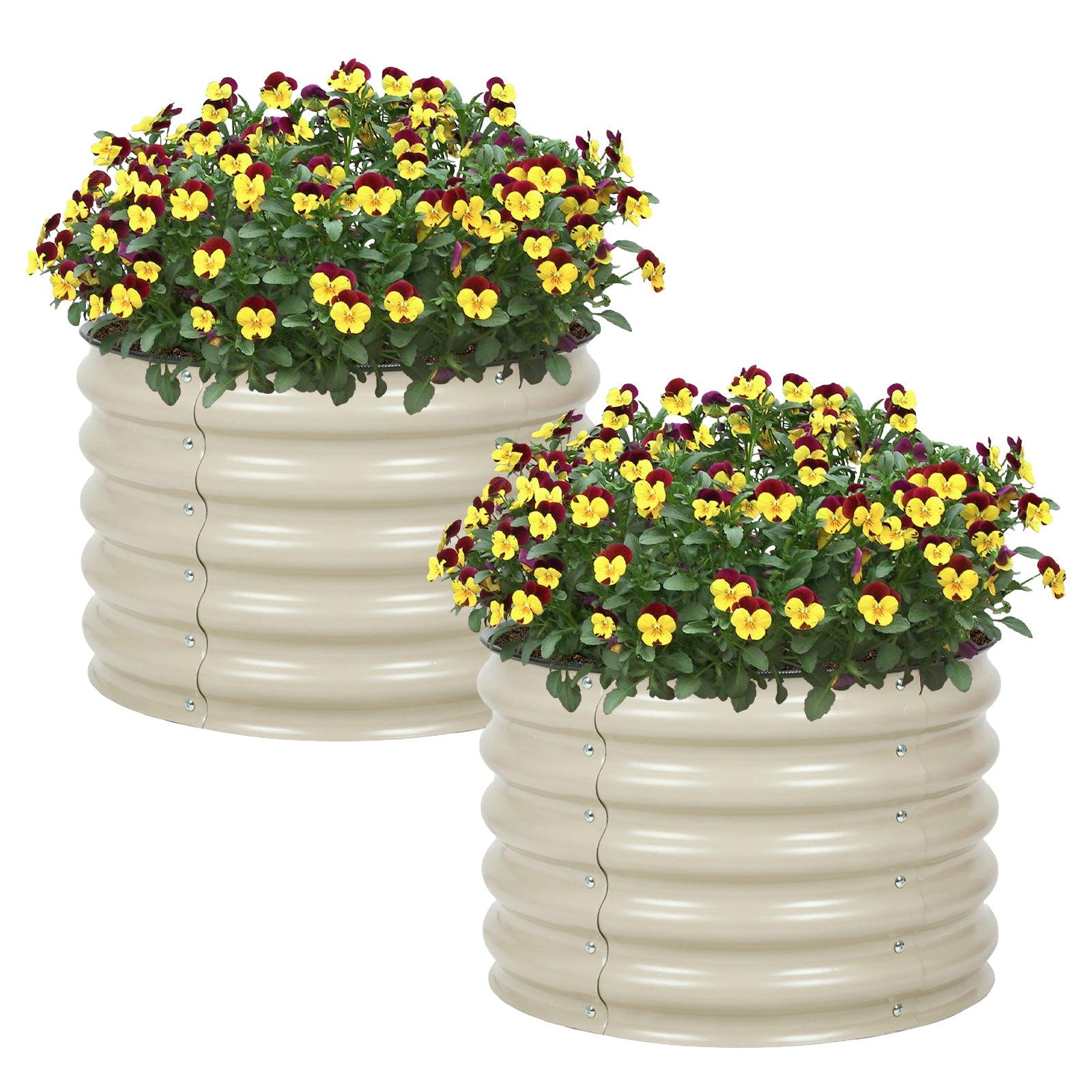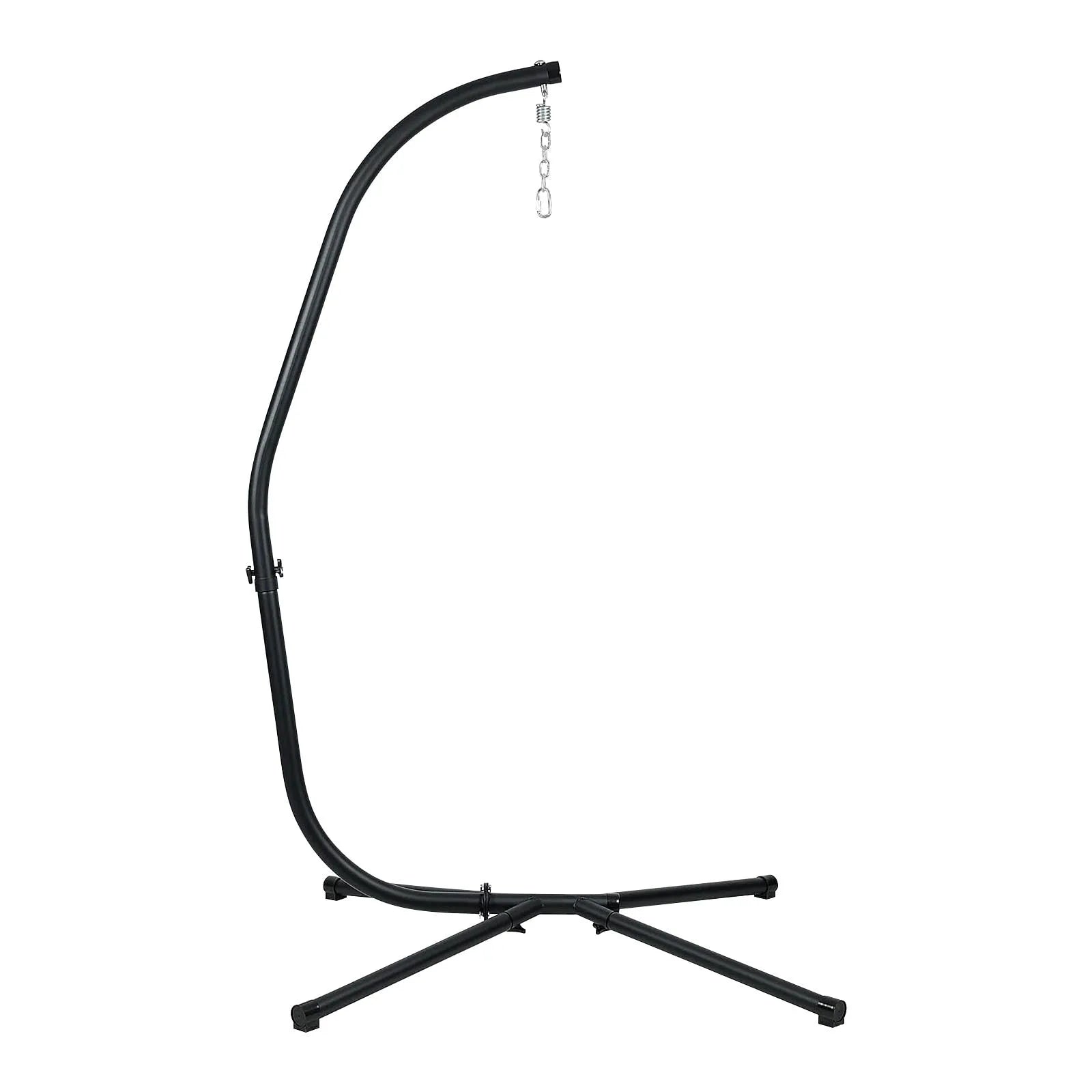Introduction
Have you ever wondered what the difference is between an ottoman and a footstool? At Aoodor, we understand American families want practical and stylish furniture that fits their space and lifestyle. Whether you're seeking a cozy chair ottoman set or deciding between a footstool vs an ottoman, this guide breaks down their similarities and key differences in design, function, and size. Learn what suits your decor, lifestyle, and space to make a confident purchase.
1. What's Ottomans
Ottomans have evolved from their historical origins as Turkish furniture pieces into versatile, modern home essentials. Here's what defines these multifunctional furniture pieces:
- Multi-purpose design: Ottomans serve as footrests, extra seating, coffee tables, and storage solutions all in one piece
- Substantial construction: Built with sturdy frames and generous padding for durability and comfort
- Storage capabilities: Many ottomans feature hidden compartments perfect for storing blankets, magazines, or children's toys
- Upholstered surfaces: Typically covered in fabric, leather, or synthetic materials that match your existing furniture
- Various shapes: Available in rectangular, square, round, and custom shapes to fit different room layouts
-
Indoor and outdoor options: Weather-resistant models available for patio and backyard use
2. What's Footstools
Footstools represent the simpler, more traditional approach to foot support furniture. These practical pieces focus on their primary function:
- Primary purpose: Designed specifically to elevate and support your feet while seated
- Compact size: Smaller footprint makes them ideal for tight spaces and easy storage
- Lightweight construction: Easy to move around your home as needed
- Simple design: Minimal padding and straightforward construction keep costs affordable
- No storage: Rarely include hidden compartments, focusing purely on foot support
- Material options: Available in wood, metal, plastic, and upholstered versions
-
Portability: Perfect for families who need flexible seating arrangements
3. Similarities Between Ottomans and Footstools
Despite their differences, ottomans and footstools share several important characteristics that make them valuable additions to American homes:
Comfort Enhancement: Both provide essential foot support that improves circulation and reduces leg fatigue during extended sitting periods. Whether you're watching TV, reading, or working from home, elevating your feet promotes better posture and overall comfort.
Upholstered Surfaces: Most models feature padded or cushioned tops covered in fabric, leather, or synthetic materials. This upholstery provides comfort while protecting your furniture investment and making cleaning easier for busy families.
Versatile Accent Pieces: Both ottomans and footstools function as accent furniture that can complement your existing décor. They're available in countless colors, patterns, and textures to match your style and home's aesthetic.
Material Variety: Both furniture types utilize diverse construction materials, including hardwood frames, metal supports, and various upholstery options. This variety ensures you can find pieces that match your durability needs and design preferences.
Indoor and Outdoor Use: Many manufacturers now offer weather-resistant versions of both ottomans and footstools, making them suitable for covered patios, sunrooms, and backyard entertainment areas.
Easy Maintenance: Both typically require similar care routines, including regular vacuuming, spot cleaning, and occasional professional cleaning depending on the upholstery material.
4. Key Differences in Definition, Design, and Function
Understanding the distinctions between ottomans and footstools helps American families choose the right furniture for their specific needs and spaces.
Ottoman Characteristics:
Size and Presence: Ottomans command more visual space with their larger dimensions and substantial appearance. They typically measure 15-20 inches in height and can range from 18 inches to over 48 inches in width, making them significant furniture pieces rather than mere accessories.
Storage Solutions: The majority of ottomans feature hidden storage compartments accessible by lifting the top cushion. This storage space proves invaluable for American families dealing with limited closet space, providing convenient organization for blankets, seasonal items, children's toys, or entertainment accessories.
Multi-functional Design: Beyond foot support, ottomans excel as additional seating for guests, makeshift coffee tables for snacks and drinks, and even laptop workstations. This versatility makes them particularly valuable for families with active lifestyles and varying furniture needs.
Weight and Stability: Ottomans typically weigh more due to their substantial construction and storage components. While this makes them less portable, it also provides stability when used as seating or tables.
Footstool Characteristics:
Compact Simplicity: Footstools prioritize function over form with their streamlined design. They typically measure 12-16 inches in height and maintain smaller width and depth dimensions, making them easy to tuck away when not needed.
No Storage Space: Most footstools focus solely on foot support without additional storage capabilities. This simplified design keeps costs lower and weight minimal.
Lightweight Portability: The simple construction makes footstools easy to move throughout your home. Families can quickly relocate them between rooms or store them in closets when entertaining guests.
Primary Function Focus: While footstools can accommodate light, temporary seating, they're designed primarily for foot elevation and support rather than multi-purpose use.
Comparison Table
|
Feature |
Ottoman |
Footstool |
|
Size |
15-20" high, 18-48" wide |
12-16" high, 12-24" wide |
|
Storage |
Usually included |
Rarely available |
|
Mobility |
Heavier, less portable |
Lightweight, easily moved |
|
Function |
Multi-purpose (seating, table, storage) |
Primarily foot support |
|
Typical Use |
Outdoor space, living rooms, bedrooms, family areas |
Any room, temporary use |
|
Price Range |
$30-$400+ |
$45-$250+ |
|
Materials |
Premium fabrics, leather, hardwood |
Basic upholstery, simple frames |
FAQs
1. What is an ottoman?
An ottoman is a versatile furniture piece that serves as a footrest, extra seating, coffee table, and storage solution. These multi-functional pieces typically feature upholstered surfaces and often include hidden storage compartments, making them excellent investments for American families who value flexible furniture.
2. Can you sit on an ottoman?
Yes, most ottomans can support adult weight for temporary seating. However, they're designed primarily as footrests and occasional seating since they lack backs and armrests. Look for models with firm padding and sturdy frames if you plan to use them for seating.
3. Should an ottoman be the same height as the chair?
Your ottoman should be 1-4 inches lower than your chair seat for optimal comfort and circulation. For standard sofas (17-19 inches), choose ottomans around 15-17 inches high. This height difference prevents leg and ankle strain during extended use.
4. How tall should an ottoman be?
Ottoman height depends on your seating furniture: 15-17 inches for living room sofas, and 12-15 inches for bedroom chairs. When buying a chair ottoman set, manufacturers typically design coordinated heights for optimal comfort.
5. Ottoman vs Footstool, which kind will suit your home's style?
The choice between ottoman vs footstool depends on your lifestyle and space needs. Choose ottomans for multi-functional furniture with storage capabilities, perfect for larger rooms and families who entertain. Select footstools for simplicity, portability, and smaller spaces. Discover more about the different between Ottoman vs Footstool.
Consider your outdoor needs too - weather-resistant ottomans work well for patios, while lightweight footstools provide flexible outdoor seating options.
Choosing the Right Option for Your American Home
When deciding between an ottoman vs footstool, consider your family's specific needs and living situation. American families with children often benefit from ottomans' storage capabilities, using them to organize toys, games, and seasonal items. The multi-functional nature of ottomans also proves valuable for families who entertain guests regularly or have limited furniture budgets.
For families prioritizing flexibility and space efficiency, footstools offer practical solutions without the commitment of larger furniture pieces. They work particularly well in homes where family members have different height preferences or where furniture arrangements change frequently.
Your outdoor living space also influences this decision. Many American families extend their living areas to include patios, decks, and backyard entertainment zones. Weather-resistant ottomans can anchor outdoor seating arrangements, while portable footstools provide additional comfort options for various outdoor activities.
Quality construction matters regardless of your choice. Look for furniture with hardwood frames, high-density foam padding, and durable upholstery fabrics that can withstand daily family use. At Aoodor, we understand American families need furniture that balances style, functionality, and durability to create comfortable homes that reflect their values and lifestyle.
Whether you choose an ottoman or footstool, investing in quality furniture enhances your daily comfort and creates welcoming spaces for family gatherings and relaxation. Browse our complete collection of chair ottomans to find the perfect addition to your home.




